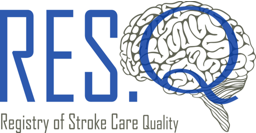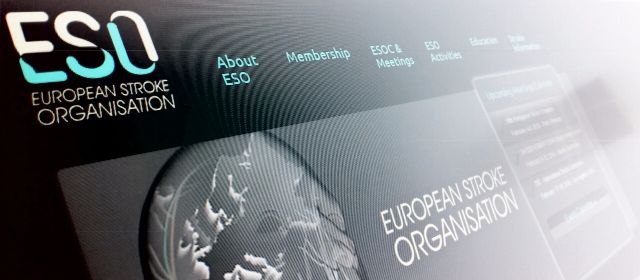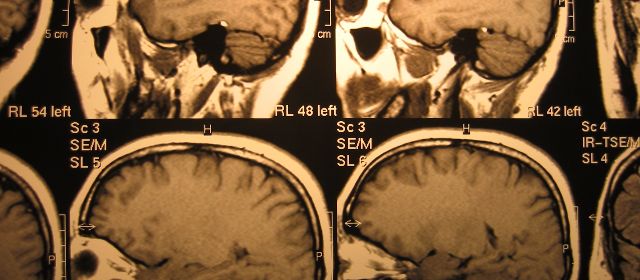Campaign Stroke 2020
Stroke 2020 is built on the concept of 20-20-20.
By 2020 at least 20% of all ischemic strokes will be treated with thrombolysis, and time from hospital admission to treatment will be reduced to ≤ 20 minutes.

Intravenous thrombolysis is an essential tool in acute stroke treatment. Faster stroke care means more patients can be treated and more lives can be saved. STROKE 2020 aims to highlight the importance of acute stroke treatment at a global level.
Year 2020 offers a valuable opportunity to establish critical milestones and highlight key benchmarks in acute stroke therapy.
The goal of the STROKE 2020 campaign is to improve the quality of acute stroke care by encouraging countries and health regions to commit to treating at least 20% of all ischemic stroke patients with thrombolysis, and to achieving a median time from hospital arrival to treatment of less than 20 minutes by 2020.
Many countries are close to meeting 2020.
Participation of these countries will demonstrate:
- That the 20 20 benchmark is achievable.
- The possibilities and strategies for effective thrombolytic treatment in stroke.
To achieve these goals, the STROKE 2020 Campaign will:
- Highlight benchmark countries and encourage others to achieve the same level of stroke care;
- Publish reports on stroke care quality for clinicians, policymakers, and the public demonstrating the importance of continual stroke care improvement;
- Share best practice guidelines for acute stroke care as a tool for helping other countries to achieve better performance and quality;
- Create a culture of stroke care quality data collection, use, and sharing to enhance stroke care globally, and offer support to those who want to improve;
- Challenge policymakers and governments to improve stroke care by prioritizing new implementation initiatives;
- Raise the public’s awareness of stroke care standards.
STROKE 2020 would like as many national associations as possible to declare an intention to share data to illustrate what can be done and what still needs to be done to improve stroke care globally.
| 2018 | National Societies declare intention to join STROKE 2020. |
|---|---|
| 2019 | National Societies organize data collection from stroke centers during a one-month period to document thrombolytic rate and door-to-needle time. The RES-Q registry and Angels Stopwatch App are available to be used to collect the data and generate reports. |
| 2020 | National Societies organize data collection from stroke centers during a one-month period to document thrombolytic rate and door-to-needle time. RES-Q will report results comparing 2019 and 2020. Countries achieving 2020 benchmarks will share their experience through publication on evidence-based practices. Countries not achieving 2020 benchmarks will communicate the implementation gap with relevant stakeholders to work together on newly defined, realistic but still ambitious benchmarks. |



